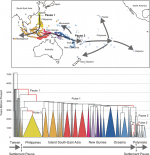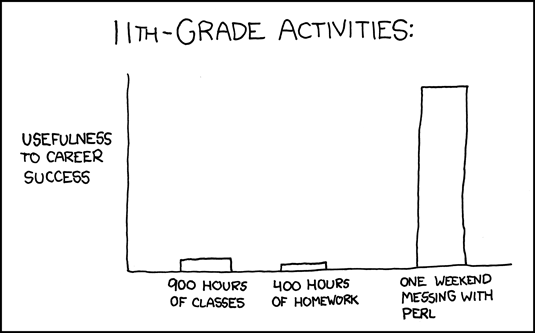Everyone to obey the orders and guidelines Mzmlh call girl
Over the past couple of days, I've continued to use Google's alpha Persian-English translation system as part of an attempt to keep track of what's happening in Iran.
On long passages, the results are still at the fever-dream stage of machine translation, where enough relevant words and phrase-fragments emerge to leave a sort of impressionistic residue of content, but without much overall coherence. For example, I tried it on a bulletin from Mehr News yesterday evening that claimed to be a statement from the Assembly of Experts announcing full support for Kahmenei's speech on Friday. This sentence
به گزارش خبرگزاری مهر ، در این بیانیه آمده است: مجلس خبرگان رهبری ضمن تشکر از حضور شکوهمند و حماسهساز مردم در انتخابات ریاست جمهوری، حمایت قاطع خود را از بیانات روشنگرانه، وحدتبخش و داهیانه مقام معظم رهبری در نماز جمعه تهران اعلام میدارد و با شکرگزاری به درگاه الهی نسبت به نعمت عظما و بیبدیل ولایت فقیه، این رکن رکین حدوث و تداوم انقلاب؛ همگان را به تبعیت از دستورات و رهنمودهای معظمله فرا میخواند.
comes out in the automatic translation as
Mehr News Agency reported, the statement states: the Assembly of Experts also thanked the glorious presence Hmas·hsaz and presidential elections, support their statements Rvshngranh decisive, and Vhdtbkhsh Dahyanh Ayatollah Khamenei Friday Prayers in Tehran and ready Thanksgiving Portal to the Divine favor Zma Bybdyl and velayat-e faqih, the pillars of the revolution and continuity Rkyn Hdvs; everyone to obey the orders and guidelines Mzmlh call girl.
Read the rest of this entry »
 Irving John "Jack" Good, who died on April 5 at the age of 92, is best known to linguists as the author of a paper on mathematical ecology. The paper is I.J. Good, "
Irving John "Jack" Good, who died on April 5 at the age of 92, is best known to linguists as the author of a paper on mathematical ecology. The paper is I.J. Good, "
